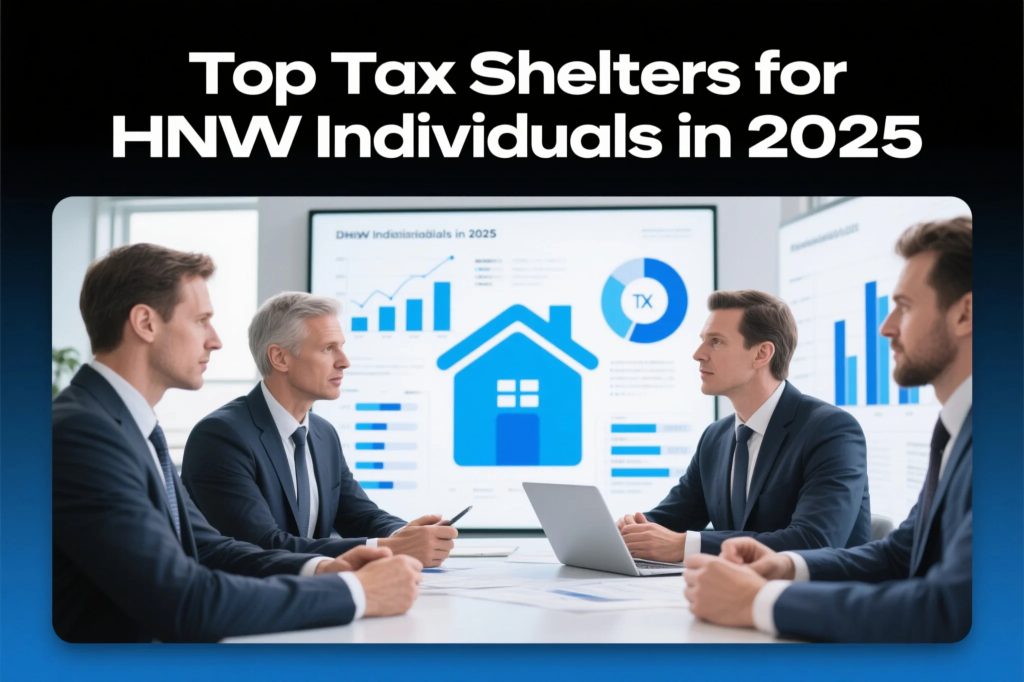
The landscape of tax shelters for high-net-worth individuals continues to evolve as tax laws change and new planning opportunities emerge. In 2025, sophisticated taxpayers will need to navigate an increasingly complex regulatory environment while still taking advantage of legitimate strategies for income protection and wealth preservation. This comprehensive guide examines the most effective sheltering techniques that comply with current IRS regulations while providing substantial tax savings.
Understanding the Modern Tax Shelter Landscape
Contemporary tax shelters bear little resemblance to the aggressive offshore structures of previous decades. Today’s most effective strategies focus on fully compliant methods that leverage specific provisions in the tax code. For high-net-worth individuals, this means structuring investments and business activities to maximize deductions, defer income recognition, and take advantage of preferential tax rates. The key lies in advanced planning that begins well before the tax year in question, allowing time to properly implement each strategy.
Qualified Opportunity Zone Investments
One of the most powerful tax shelters available to affluent investors remains the Qualified Opportunity Zone program. By reinvesting capital gains into designated Opportunity Funds within 180 days of realization, investors can defer and potentially reduce their tax liability while participating in economically distressed communities. The program offers a tiered benefit structure that includes temporary deferral, basis step-up, and potential permanent exclusion of appreciation if held long enough. Proper due diligence is essential to balance the income protection benefits with sound investment fundamentals.
Private Placement Life Insurance Structures
For ultra-high-net-worth families, private placement life insurance (PPLI) represents a sophisticated tax shelter that combines the benefits of life insurance with the investment flexibility of a private fund. These customized policies allow policyholders to invest in alternative assets like hedge funds and private equity while enjoying tax-deferred growth and potentially tax-free distributions. The advanced planning required for PPLI makes it suitable only for those with substantial assets and a long-term planning horizon, but the tax benefits can be extraordinary when properly structured.

Charitable Remainder Trust Strategies
Charitable remainder trusts (CRTs) continue to be one of the most versatile tax shelters for high-net-worth individuals with appreciated assets. These split-interest trusts allow donors to receive an income stream for life or a term of years while ultimately benefiting charity. The immediate charitable deduction, avoidance of capital gains on appreciated asset contributions, and potential estate tax benefits make CRTs particularly attractive. Careful selection of trust terms and payout rates can optimize both the donor’s income protection needs and the ultimate charitable gift.
Captive Insurance Companies
Properly structured captive insurance companies represent another legitimate tax shelter for business owners and executives. These wholly-owned subsidiaries provide coverage for risks that traditional insurers won’t cover or charge excessive premiums for. The premiums paid to the captive are generally tax-deductible, while the captive’s investment income grows tax-deferred. To maintain IRS compliance, captives must operate as bona fide insurance companies with proper risk distribution and actuarially determined premiums. When structured correctly, they can provide significant tax advantages alongside genuine risk management benefits.
Energy Tax Credit Investments
The Inflation Reduction Act significantly expanded various energy tax credits that now offer substantial tax shelter opportunities. Direct investments in renewable energy projects or purchases of tax credits through transferability provisions can generate dollar-for-dollar reductions in tax liability. Solar, wind, battery storage, and other clean energy projects qualify for investment tax credits that can offset up to 30% of project costs. These credits are particularly valuable when combined with bonus depreciation and other deductions, creating layered income protection strategies for high-net-worth investors.
Implementation and Compliance Considerations
While these tax shelters offer legitimate benefits, their effectiveness depends entirely on proper implementation and ongoing IRS compliance. Each strategy requires careful documentation, substantiation of business purpose, and adherence to specific regulatory requirements. Working with experienced tax professionals who specialize in advanced planning for affluent clients is essential to avoid unintended consequences or challenges from tax authorities. Regular reviews of shelter structures ensure they continue to meet both tax objectives and the client’s broader financial goals.
The most effective tax shelters for high-net-worth individuals in 2025 will be those that provide genuine economic benefits beyond just tax savings. By focusing on strategies that align with policy objectives (like economic development, energy transition, or charitable giving), taxpayers can achieve substantial income protection while minimizing audit risk. The key is starting early, maintaining proper documentation, and ensuring each shelter serves legitimate non-tax purposes alongside its financial benefits.